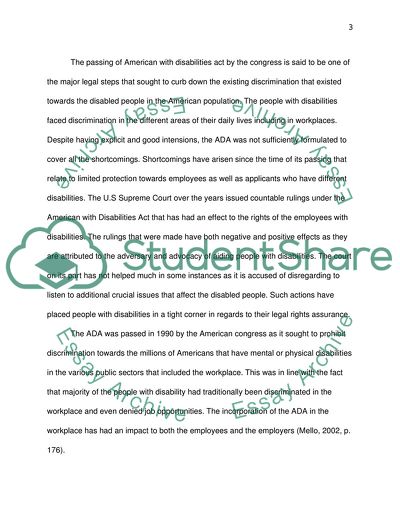Cite this document
(The Role of the American with Disabilities Act: The Job Analysis Research Paper - 1, n.d.)
The Role of the American with Disabilities Act: The Job Analysis Research Paper - 1. Retrieved from https://studentshare.org/professional/1751811-job-analysis-and-the-americans-with-disabilities-act
The Role of the American with Disabilities Act: The Job Analysis Research Paper - 1. Retrieved from https://studentshare.org/professional/1751811-job-analysis-and-the-americans-with-disabilities-act
(The Role of the American With Disabilities Act: The Job Analysis Research Paper - 1)
The Role of the American With Disabilities Act: The Job Analysis Research Paper - 1. https://studentshare.org/professional/1751811-job-analysis-and-the-americans-with-disabilities-act.
The Role of the American With Disabilities Act: The Job Analysis Research Paper - 1. https://studentshare.org/professional/1751811-job-analysis-and-the-americans-with-disabilities-act.
“The Role of the American With Disabilities Act: The Job Analysis Research Paper - 1”, n.d. https://studentshare.org/professional/1751811-job-analysis-and-the-americans-with-disabilities-act.


